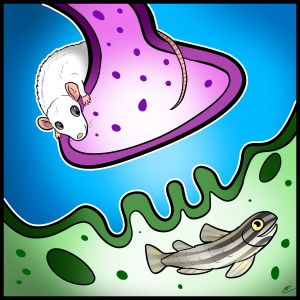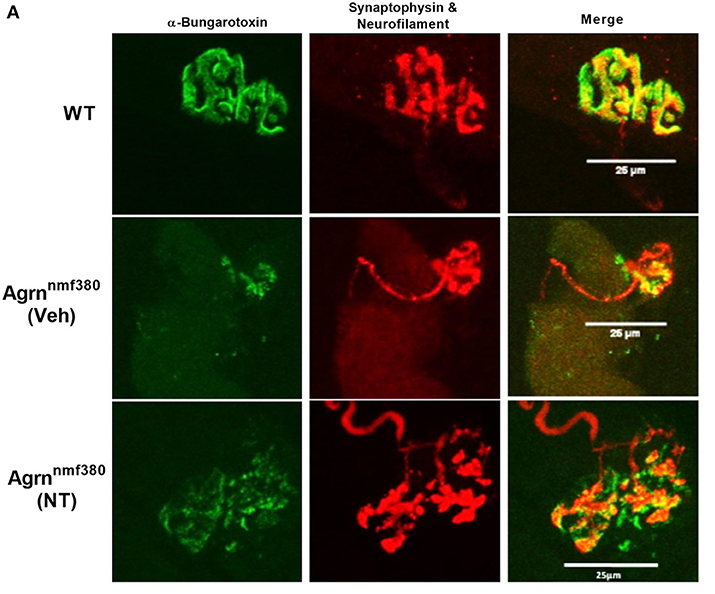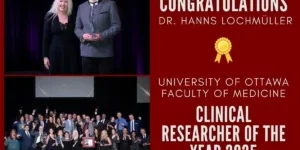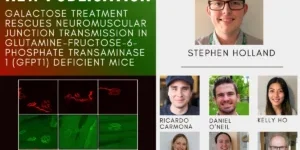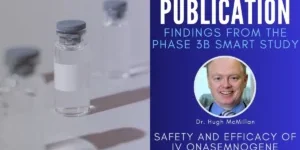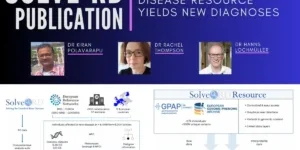New publication: Modulation of the Acetylcholine Receptor Clustering Pathway Improves Neuromuscular Junction Structure and Muscle Strength in a Mouse Model of CMS
Our new paper, spearheaded by our lab manager Dr Spendiff, is now available online at Frontiers Molecular Neuroscience. This project is a product of an ongoing collaboration with the Zürich-based biotech company Neurotune AG. Neurotune AG’s drug NT1654 has shown efficacy in a number of animal models with muscle weakness, and we are the first to show promising improvements in a mouse model of congenital myasthenic syndrome (CMS).
We tested NT1654 in a mouse model of CMS that lacks a functional agrin protein due to mutations in the Agrn gene. Agrin is part of a critical neuromuscular pathway that stimulates clustering of acetylcholine receptors on muscle fibres to allow for muscle contraction. Without functional agrin, humans show muscle weakness due to a failure of signal transmission at the neuromuscular junction. In the mouse model, we were able to demonstrate a restoration of the postsynaptic structure and muscle strength after NT1654 treatment. Future work will investigate whether NT1654 could be a viable treatment strategy for patients with CMS, especially for those who harbour mutations affecting clustering of the acetylcholine receptors.
Modulation of the Acetylcholine Receptor Clustering Pathway Improves Neuromuscular Junction Structure and Muscle Strength in a Mouse Model of Congenital Myasthenic Syndrome.
Spendiff S, Howarth R, McMacken G, Davey T, Quinlan K, O’Connor E, Slater C, Hettwer S, Mäder A, Roos A, Horvath R, Lochmüller H.
Front. Mol. Neurosci. 2020 Dec 17. doi: 10.3389/fnmol.2020.594220
